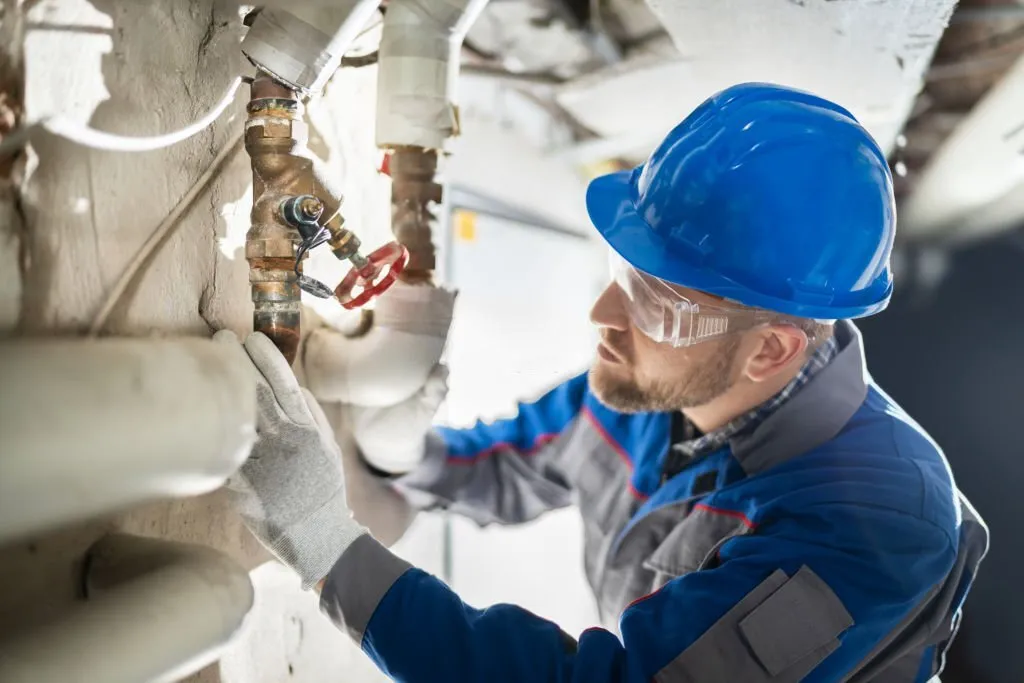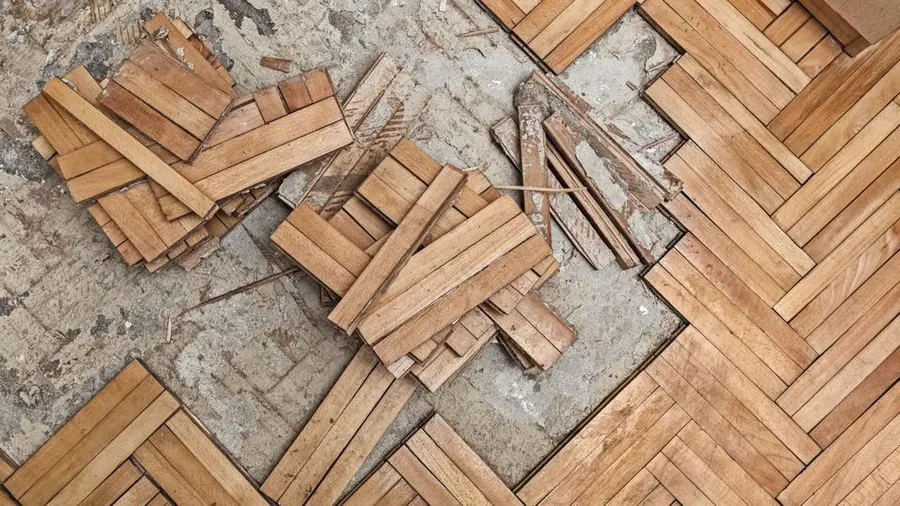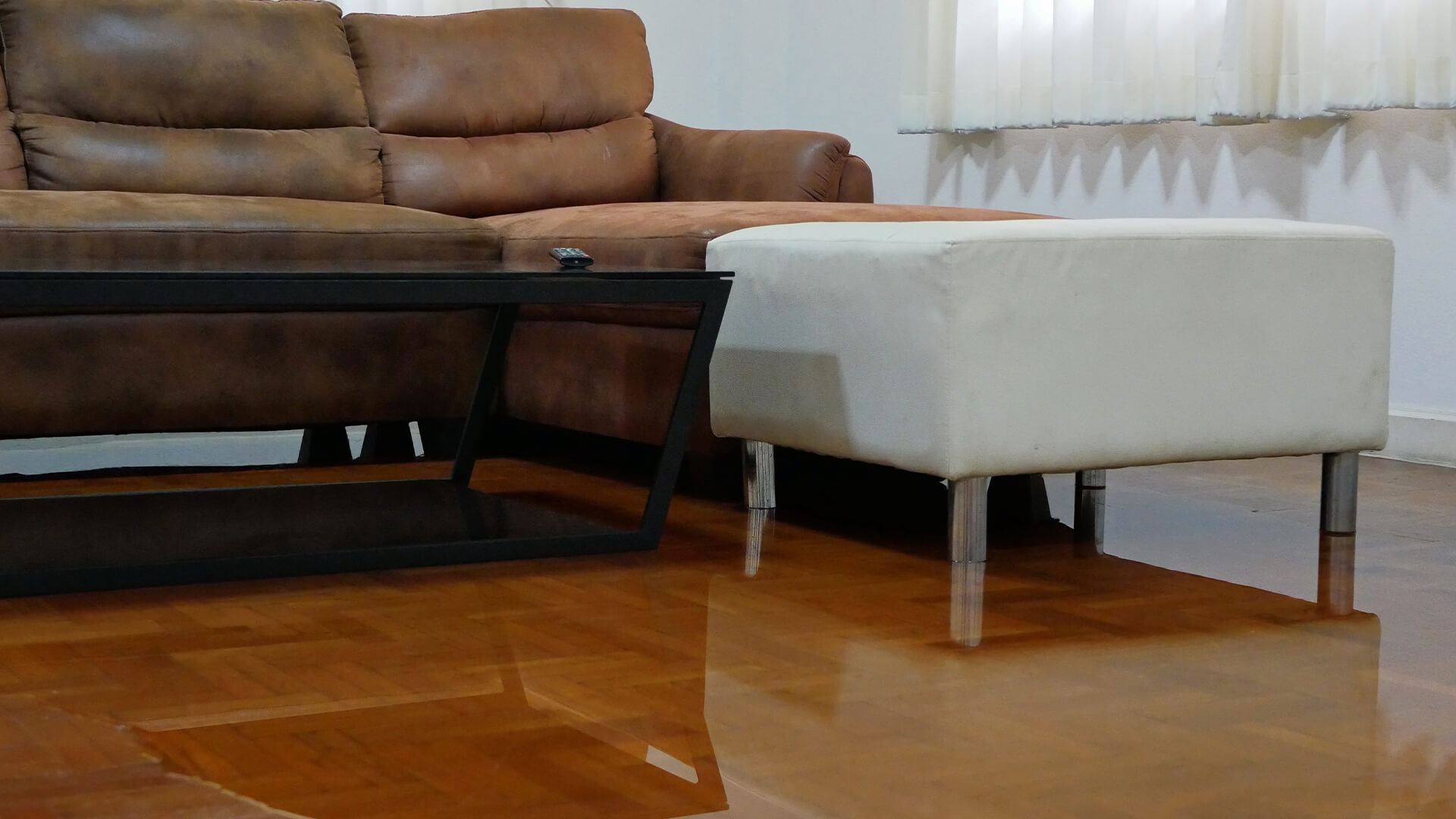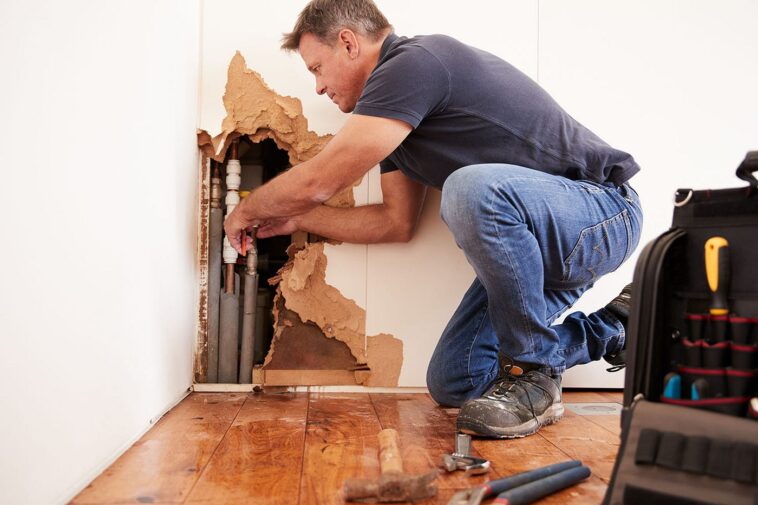Experiencing water damage in your home can be a daunting experience. It is frustrating and can potentially cause significant structural damage if not dealt with promptly. Water damage can occur for various reasons, such as a leaky pipe, a faulty plumbing system, or a natural disaster. Regardless of the cause, quickly mitigating the damage and restoring your home to its pre-water damage condition is essential.
This step-by-step guide provides a clear and concise roadmap for homeowners to follow when dealing with water damage. Moreover, it emphasizes the need to enlist the help of a water damage specialist to ensure that the job is done correctly and efficiently, providing peace of mind in a stressful situation. With this guide’s help, homeowners can easily navigate the water damage restoration process and minimize the long-term effects of water damage on their property.
Assess The Damage
Assessing the damage is a crucial first step in the water damage restoration process. It allows you to understand the extent of the damage and develop a restoration plan. Start by thoroughly inspecting your property and identifying all areas affected by water. This includes walls, floors, furniture, and personal belongings. Take photographs or videos of the damage as evidence for insurance claims.
Additionally, make a detailed inventory of all the damaged items, noting their condition and approximate value. This information will be useful when filing insurance claims and seeking reimbursement for your losses. By conducting a thorough assessment, you can clearly understand the damage’s scope and make informed decisions about the restoration process.
Ensure Safety First

Safety is paramount when dealing with water damage. When assessing the situation, ensure that you prioritize your well-being and that of other occupants on the property. First and foremost, turn off the main power supply to prevent the risk of electrocution. Avoid standing water and any electrical appliances that may have been affected.
Additionally, be cautious of slippery surfaces caused by moisture, which can cause you to slip and fall. Broken glass, pet waste, and other debris are also potential hazards that you should be aware of. By prioritizing safety, you safeguard yourself and others during restoration and minimize the risk of further damage or accidents.
Remove Standing Water
Promptly removing standing water is crucial to prevent further damage. Using a wet/dry vacuum or pumps, extract the water from your property as soon as possible. This prevents the water from seeping into porous materials, causing structural damage or promoting the growth of mold and mildew.
It is important to dispose of the extracted water properly, ensuring it is not drained near your home’s foundation to prevent potential issues with water accumulation. By efficiently removing standing water, you minimize the risk of long-term damage and create a more conducive environment for the restoration process to proceed smoothly.
Dry Out the Area
After removing the standing water, it is essential to dry out the affected areas thoroughly. Proper drying prevents the growth of mold and mildew, as well as further damage to the structural integrity of your property. Open windows and doors to promote air circulation and use fans and dehumidifiers to remove excess moisture. This helps to speed up the drying process. Remove any wet carpets, rugs, and furniture cushions to facilitate faster drying. Ensuring the area is thoroughly dried out mitigates the risk of secondary damage and creates a healthier environment for restoration efforts.
Salvage And Dispose

After water damage, it’s important to assess the damage to items in the affected area. Carefully evaluate damaged items, deciding which items can be salvaged and which need to be disposed of. Porous materials such as carpets, upholstery, and insulation may need to be discarded if they’ve been heavily soaked or contaminated with sewage or hazardous substances. Salvageable items should be cleaned, disinfected, and dried thoroughly to prevent mold growth.
By doing this, you can reduce the risk of exposure to toxic elements while also taking precautions against mold growth. Properly disposing of contaminated materials prevents potential health hazards down the line.
Clean And Disinfect
Once damaged items have been removed, it’s crucial to thoroughly clean and disinfect all affected surfaces to eliminate bacteria, mold, and odors. Clean walls, floors, and furniture using a mild detergent or specialized cleaning products recommended by a water damage specialist. It’s important to follow their guidance to ensure effective cleaning. Remember to properly dry all areas before applying disinfectants. This prevents the growth of mold and ensures that the disinfectants can work properly. By cleaning and disinfecting, you create a safer and healthier environment while preventing the spread of contaminants and unpleasant odors.
Restore And Repair
After the affected areas are clean and dry, you can proceed with the restoration. Start by repairing any structural damage, such as damaged drywall or flooring. It’s essential to fix these issues to restore the integrity of your property. Additionally, replace any fixtures or items that were irreparably damaged during the water damage. For major repairs, consult with professionals to ensure the work is done correctly and meets safety standards. Restoring and repairing the affected areas can restore your property to its pre-damage condition and create a safe and functional living environment.
Prevent Future Water Damage

To avoid future water damage, you can take several preventive measures. Regularly inspect your property to detect potential risks, such as leaks, cracks, or faulty plumbing. Timely intervention can help prevent further water damage. Installing water detection devices that alert you to leaks or unexpected water accumulation is also important. Additionally, consider waterproofing solutions in areas prone to water damage, such as basements and crawl spaces. These measures can help you take proactive steps against future water damage, providing peace of mind and lowering overall repair costs.
Conclusion
Water damage restoration requires a systematic approach to ensure the safety of your property and prevent further issues. Following these step-by-step guidelines can effectively restore your home after water damage. Remember, it’s crucial to seek the assistance of a water damage specialist to ensure professional expertise throughout the restoration process. Act promptly, stay safe, and restore your property to its pre-damaged state.




